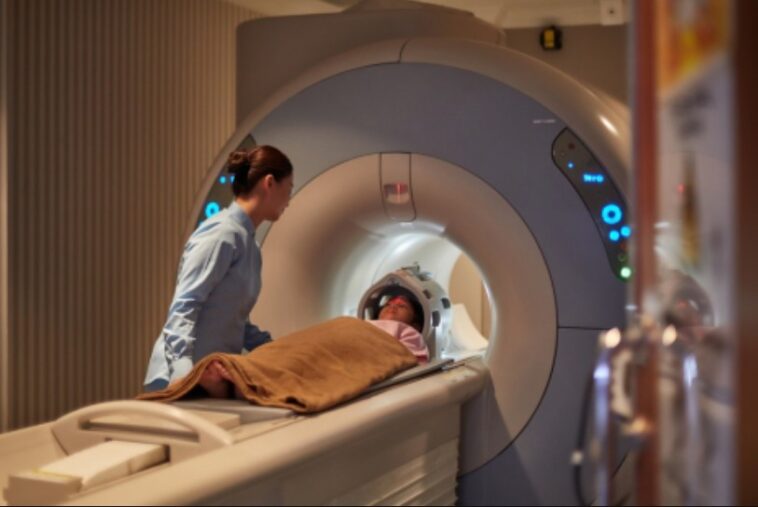CT scan stands for computed tomography scan. A CT scan combines a series of X-rays to produce cross-sectional pictures of the organs, bones, and tissues within the body. It is a more detailed version of an X-ray.
You can get a CT scan on any part of the body, including –
● Head
● Shoulders
● Abdomen
● Spine
● Heart
● Chest
● Elbow/Knee
How does a CT scan machine work?
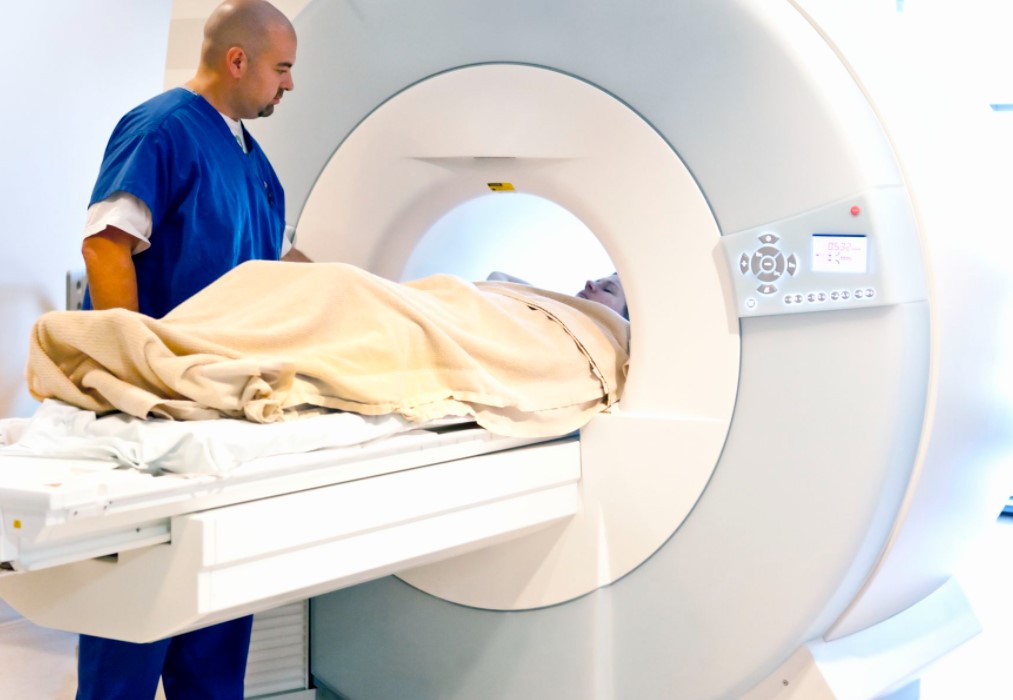
A CT scan machine consists of the following components –
1) Computers(s)
2) Rotating X-ray machines
An X-ray beam is released that circles around the part of the body that is getting tested. This provides different images of the body part, taken from different angles. The computer then processes these images one on top of the other to create a cross-sectional, detailed image of the particular body part for further analysis.
For example – To perform an operation for a tumor, the doctor may want the patient to get a CT scan to view the tumor from all angles before going through with the same.
CT scan uses
A CT scan can be used to study almost all parts of the human body. There are multiple uses of a CT scan but it is particularly helpful in diagnosing diseases and evaluating injuries. Other uses include –
● Diagnosis of infections in the bones or joints, like fractures
● Locating lumps and tumors that may or may not be cancerous
● Monitoring internal injuries and internal bleeding
● Guiding other procedures, like surgeries and biopsies
● Analyzing the effectiveness of other medical conditions like heart diseases or cancer It helps study the following in a more efficient manner –
● Liver
● Pancreas
● Intestines
● Kidneys
● Bladder
● Lungs
● Heart
● Blood vessels
● Bones
● Spinal cord
If you have a medical condition with any of the above organs, then your doctor would recommend you to get an MRI scan done for proper diagnosis. If you are from Mumbai, India, then get tested at a nearby lab with LabsAdvisor.com.
CT scan types
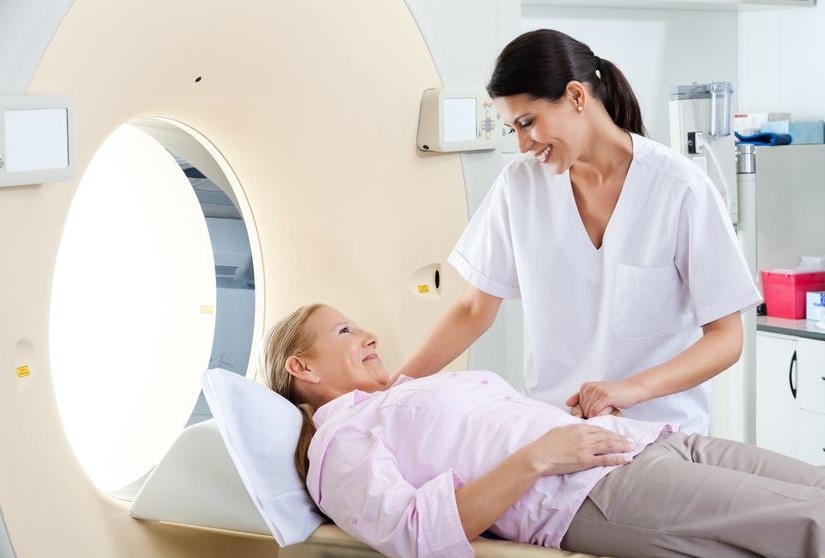
There are various types of CT scans that a person can get. Some of these include –
CT scan; Abdomen
A CT scan of the abdomen can help the doctor look for any infection, inflammation, injury, or disease in or around the abdomen area. The abdomen area includes – heart, liver, kidneys, bladder, stomach, intestines, pancreas, and other glands.
Your doctor may suggest a CT scan of the abdomen if you are facing problems with –
● Abdominal pain
● A mass in the abdomen (that one may feel)
● Unexplained weight loss
● Internal injuries (that may have lead to internal bleeding)
● Bone disorders or fractures
● Other existing medical conditions
There are some mild side effects the patient may face after a CT scan of the abdomen. These are rare and include –
● Abdominal pain/cramps
● Loose motions
● Constipation
● Vomiting
There are multiple CT scans that come under the abdomen area. Some of the common CT scans are as follows –
1. CT scan; Chest
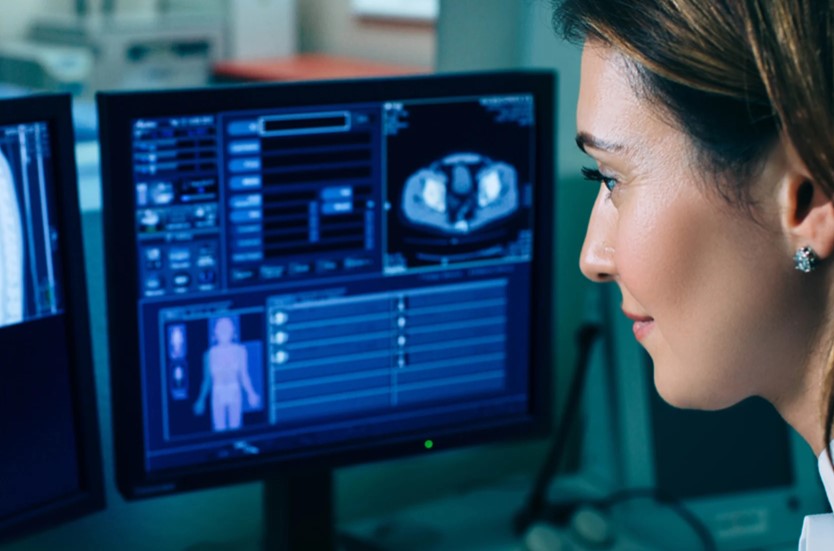
A CT scan of the chest can be used to check for any infections, lung cancer, blocked blood vessels, and other lung problems. It can also help monitor any other cancer/ tumor that may have spread into the chest area.
2. CT scan; Head/Brain
A CT scan of the head/brain helps the doctor assess any head injury, headaches, seizures, and other symptoms of strokes or brain tumors. It also guides the doctor in the evaluation of the face, sinus problems, skull, and to plan any radiation therapy, if required.
3. CT scan; Stomach
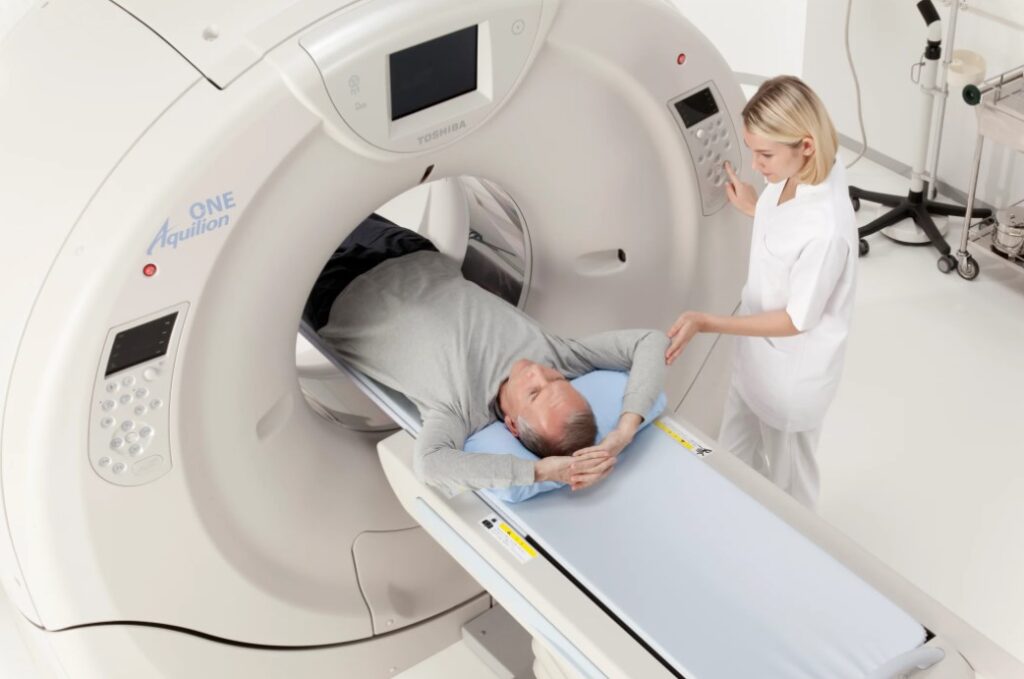
A CT scan of the stomach is used to help the doctor evaluate problems in the small bowel, colon, intestines, and other internal organs. It gives the doctor more information about the liver, kidneys, and other structures inside the stomach.
4. CT scan; Elbow/Knee
A CT scan of the elbow or the knee is used to help the doctor diagnose a broken bone or a fracture. It also helps evaluate the cause for any pain near the elbow/knee and can help doctors look for existing or potential bone tumors, including cancer.
CT scan preparation
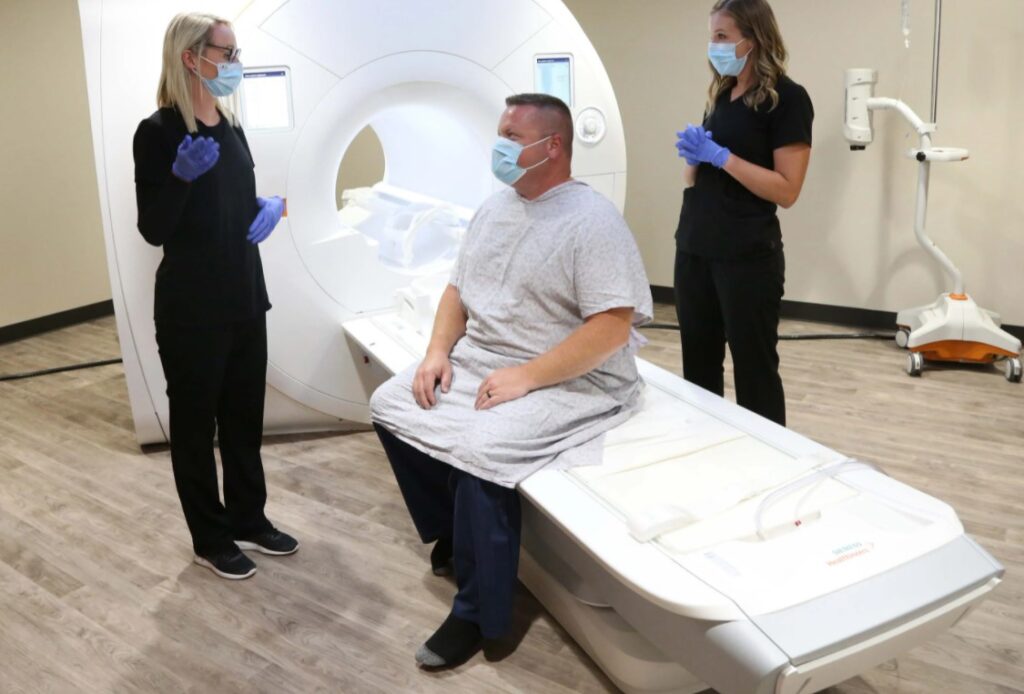
How can I prepare for a CT scan?
Depending on the part of the body that one is getting tested for, the doctor may provide the patient with the following instructions –
● To eat a light meal, the night before the test.
● Fasting (to avoid eating for a certain amount of time)
On arrival at the hospital, the patient may be asked to remove some items of clothing and change into a hospital gown for the CT scan.
All items containing metal must be removed before the CT scan. Some of these items include –
● Jewelry
● Mobile phone
● Watches
● Keys
● Hearing aids
● Glasses
● Dentures (false teeth)
● Underwire (bras)
● Belts and buckles
● Any clothing item that may contain metallic threads
In case –
1) the patient is experiencing any anxiety, sedatives can be used to help calm them during the process.
2) the patient is pregnant, the doctor must be informed as the radiation from the CT scan may be dangerous for the baby’s development. But if the CT scan is important, precautions must be taken before, during, and after the CT scan.
3) the doctor needs a clearer picture of the softer tissues, a contrast material may be used.
Note: If you take any medications, talk to your doctor before fasting for the CT scan test. You might have to take your normal dose at a different time or at the same time with less water.
CT scan with contrast material
What is a contrast material?
While undergoing a CT scan, thick components like bones are easily visible but not all soft tissues show up in the first go. At times, these soft tissues, smaller components may not show up at all. To help the doctor get a clearer picture during the CT scan, a special dye called a contrast material is
used.
This helps in blocking the X-ray views and appears as white color on the scan. This white color highlights blood vessels, organs, and other soft structures.
Is it dangerous to use a contrast material?
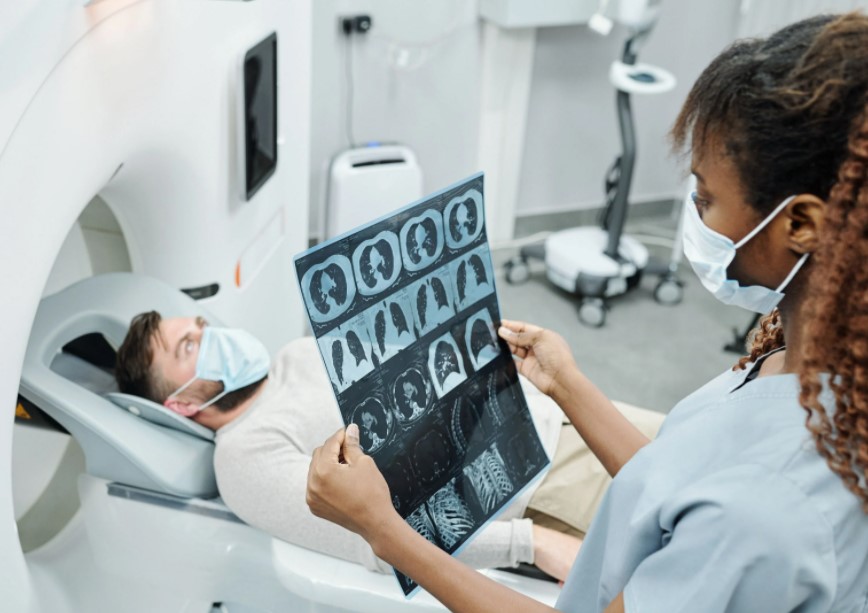
There is usually no reaction to the contrast dye that is used during the CT scan. However, there are some side effects the patient might face. These include –
Mild side-effects such as:
● Loose motions
● Constipation
● Nausea/Vomiting
● Stomach pain/cramps
Serious side effects such as:
● Swelling
● Itching or skin rashes (in case of any allergies)
● Difficulty in swallowing or breathing
● Mental confusion/ agitation
How is the contrast material put inside the body?
There are a few ways that can be used to put the contrast material inside the patient’s body before the CT scan. The following are the 3 ways the doctor may use –
1) Injection: The contrast material is directly injected into the body.
2) Orally: The contrast material is swallowed by taking it in liquid form.
3) Enema: The contrast material is inserted inside the rectum.
Note: After the CT scan has taken place, the patient will be instructed to drink plenty of water or fluids to help flush out the contrast material from the body.
CT scan procedure
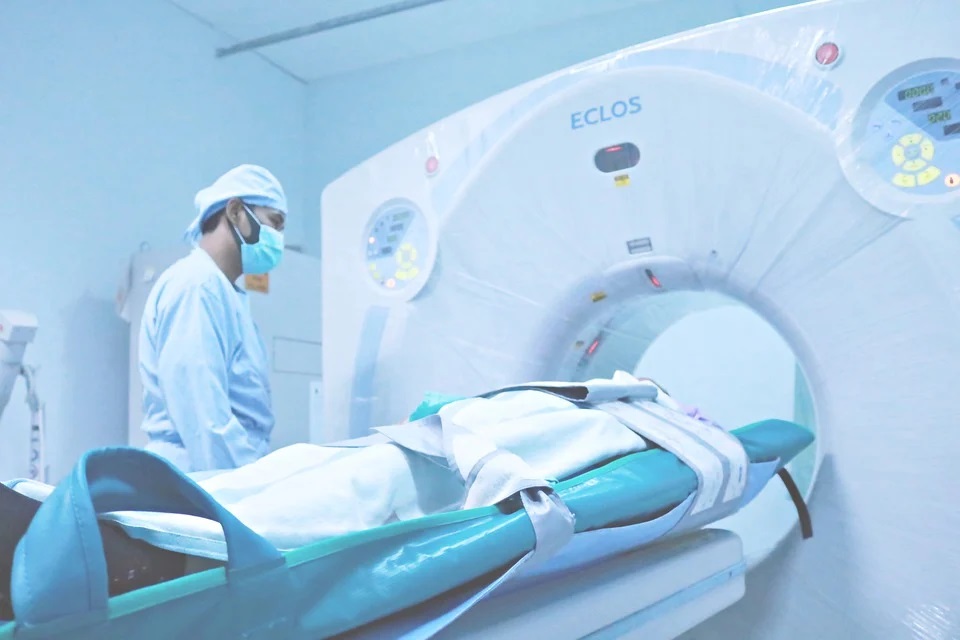
What is the procedure for a CT scan?
On arrival at the hospital, the CT scan procedure usually takes place in the following manner:
1) Depending on the part of the body that is being examined, the patient may be asked to change into a gown
2) The patient is then asked to remove all metal items
3) A form is then filled out by the patient in order to take safety precautions and the patient is free to discuss any issues/concerns with the doctor
4) On entering the CT scan room, the doctor helps the patient onto the scanner table to lie down, comfortably
5) The scanner will then begin to rotate around the patient and the CT scan will start
CT scan radiation
CT scans involve the use of radiations that are released from the X-ray machines. These radiations fall under the category of ionizing radiations and can result in the damage of DNA in the human body. Since CT scans help to gather more detailed information, the amount of radiation the patient is exposed to is greater.
Doctors make sure to use the lowest amount of dose possible to get the results. What is ionizing radiation? Ionizing radiation activity can alter molecules inside the cells of our bodies. It can also lead to tissue or skin damage.
CT scan side effects

CT scans are usually safe and painless. It is almost rare that a patient will experience any sort of side effect post a CT scan.
However, there are a few cases that should be known to us :
1) Use of contrast dye before the CT scan
– In case of any allergic reaction to the dye
– A great amount of water or liquids must be taken post the CT scan to remove the material from the system
2) Exposure to ionizing radiation
– CT scans involve the use of radiations that are released from the X-ray machines. These can be harmful to the cells of our bodies.
How much time does a CT scan take?
Ct scan is a painless and quick procedure that can take anywhere from 10 to 30 minutes, or go up to an hour. This depends on the part of the body that is being tested, the number of images being taken, and if a contrast agent is being used in the CT scan.



